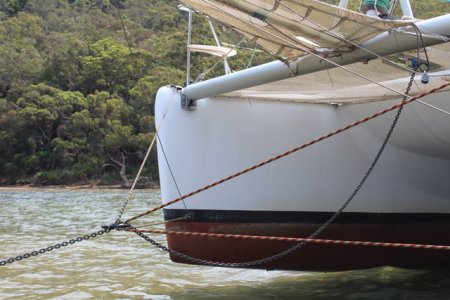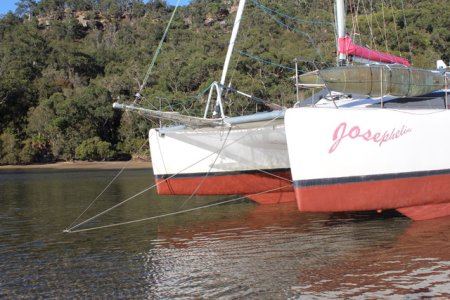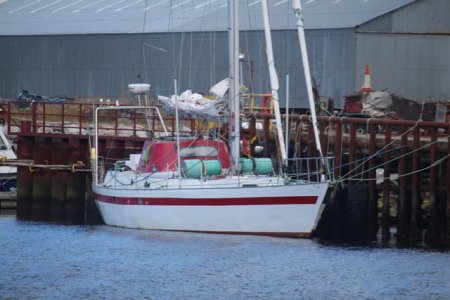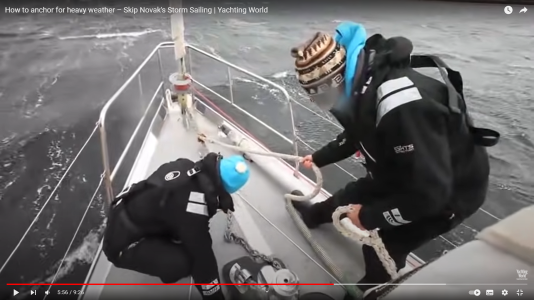geem
Well-Known Member
A quick Google and it suggests that the fastest Muir windlass drop is 25m/ minute.Vyv and I have the same windlass, as Vyv says - its fast. From memory 2m/second. This is much faster than Geem's 60'/minute (I've done the maths in my head) - that's 1m/3secs - that's much slower than power dropping by Vyv and us.
If 2m/sec seems fast it is - too fast to sometimes see the depth marks on the chain.
The only time when accuracy is an issue is when anchoring in thick weed but with sand patches - then you need to get the anchor in the sand.
We power down - that way the slippage on the clutch remains constant and needs no alteration.
We don't have a chain counter, amount of chain deployed, but by counting 'seconds' we have a good idea of how much we have deployed - which in the dark and rain means we can deploy from the comfort of the cockpit.
Jonathan
I couldn't find the drop speed of my windlass but the recovery speed is 20m/minute. I know from experience with the windlass that the drop speed is a faster, as you would expect. So let agree that they are similar. Our windlass is 24v 1700w motor so huge grunt.
It doesn't change anything for us. Is still preferable to free drop for anchoring efficiency and reliability.
Have a look at the Lofrans Falkon. It's a neat bit of kit




